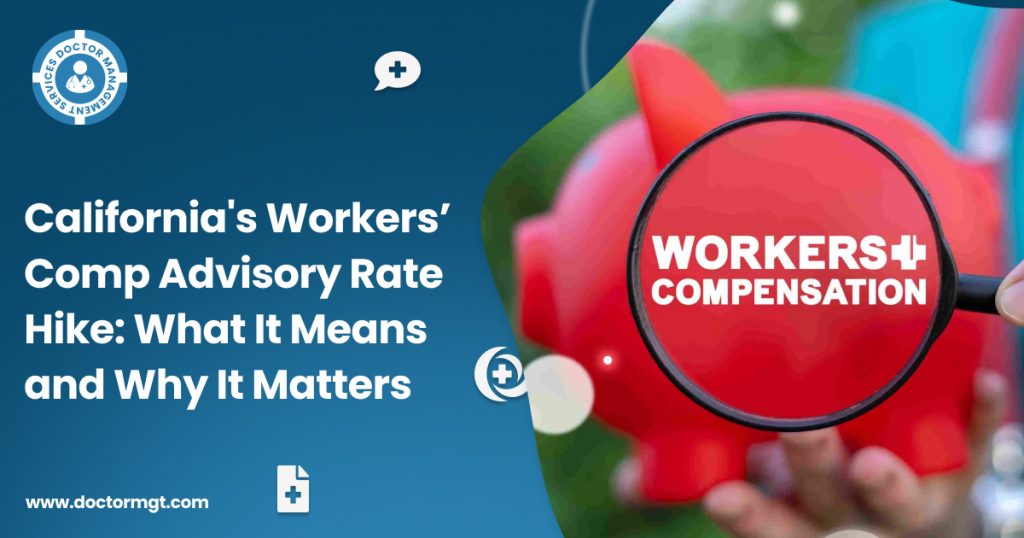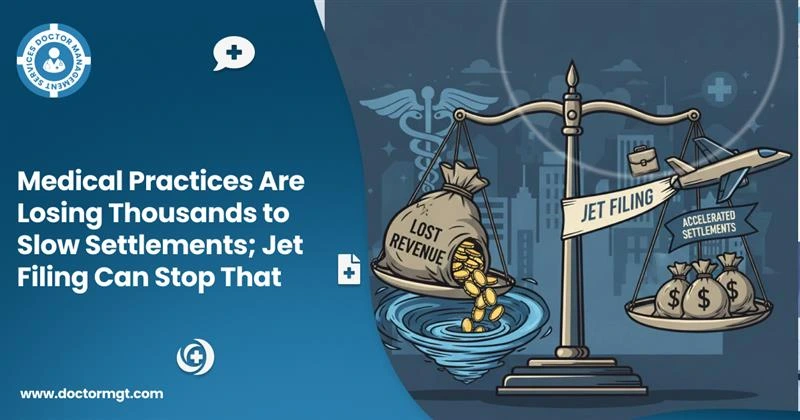California has approved itsfirst workers’ compensation pure premium advisory rate increase since2015, and it is generating headlines across the insurance industry. Workers’ Compensation Insurance Rating Bureau of California (WCIRB) announced the new 8.7% increase, which is effective September 1, 2024. Ricardo Lara, Insurance Commissioner, approved this proposal; it is an indicator that stakeholders cannot overlook.
What Is the Advisory Rate?
The advisory rate, also known as the pure premium rate, is a standard rate recommended by the Workers’ Compensation Insurance Rating Bureau of California (WCIRB) that states the recommended cost of workers compensation claims, such as medical care or wage replacement. It does not cover administrative or profit-related expenses. Although it is not mandatory, with this benchmark rate, insurance companies set their own rates. However, Insurers can charge more or less than the advisory rate based on underwriting judgment, but it helps shape the market. In brief, it does not have any direct impact on the paychecks of employees. However, it does have an effect on the amount that employers will spend on their insurance providers to cover work-related injuries.
Why the Hike Now?
The WCIRB had originally recommended an 11.2% increase, but the Insurance Department approved a more conservative 8.7% in a press release dated July 15, 2024. The commissioner’s office moderated the final figure based on different actuarial projections and public input from the June hearing. Regardless, this is the first upward adjustment in nearly a decade, and experts say the system has been due for a correction.
How it indirectly impacts the whole cycle:
- It will result in rising medical costs, especially in physical medicine, rehabilitation, and medical-legal services.
- It increases the frequency of claims, especially complicated cumulative trauma (CT) claims.
- Increasing loss development trends, which means that claims are becoming more expensive as time progresses.
Why Is This Happening?
California’s combined accident-year loss ratio hit 123% in 2023, which is the highest in over 15 years, and that means that the insurers are, on a whole, paying out much, much more than they collect.
Meanwhile, WCIRB’s Quarterly Experience Report confirmed:
- Written premiums fell 4% in Q1 2024 compared to the previous year.
- Average charged rates increased by 1%.
- Combined loss and expense ratio hit 127%, a stark rise from pre-pandemic benchmarks.
What’s So Special About Cumulative Trauma Claims?
California is unique in the nation in the way it accepts and provides legal infrastructure around cumulative trauma claims, which usually take time to build and are not the result of a single accident. Such claims now make up 24 % of all workers’ comp claims in the state.
These CT claims tend to be heavily litigated, involving multiple body parts and specialties. Filed against more than one employer, and often dragged out for years.
How Does California Compare to the Rest of the Country?
California continues to be an exception, as the majority of other states are maintaining or even lowering their workers’ compensation rates. Donna Glenn, the National Council on Compensation Insurance’s (NCCI) chief actuary, says that:
How This Indirectly Impacts Healthcare Providers
Although this rise in rates has a direct impact on employers, it has an indirect impact on healthcare providers in terms of more extensive claim cycles, more comprehensive utilization reviews, and tightening reimbursement rates.
Here’s how:
- Medical-legal assessments, rehabilitation, and continuing treatment cases, particularly of cumulative trauma, are likely to attract greater insurer attention.
- The delay in payment may increase, and it may strain the revenue cycle teams.
- The providers participating in the care of workers’ comp patients might experience higher documentation and pre-authorization costs
With these new demands, it is increasingly difficult for medical practices to remain efficient and able to collect revenue in time when dealing with injured workers, especially since the regulatory process is already so complex in California.
Bottom Line
The 2024 September increase of the California workers compensation advisory rate is not only a normal adjustment, but rather a resetting of the system after a decade-long over-suppressed of rates. The action is an indication of underlying trends in healthcare rates, litigation, and the severity of claims. Both employers and providers need to be aware of this and be ready to handle the ripples this change has on the workers’ comp system.







